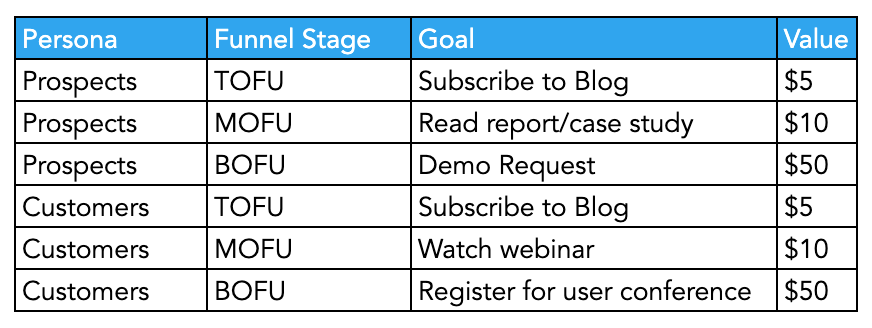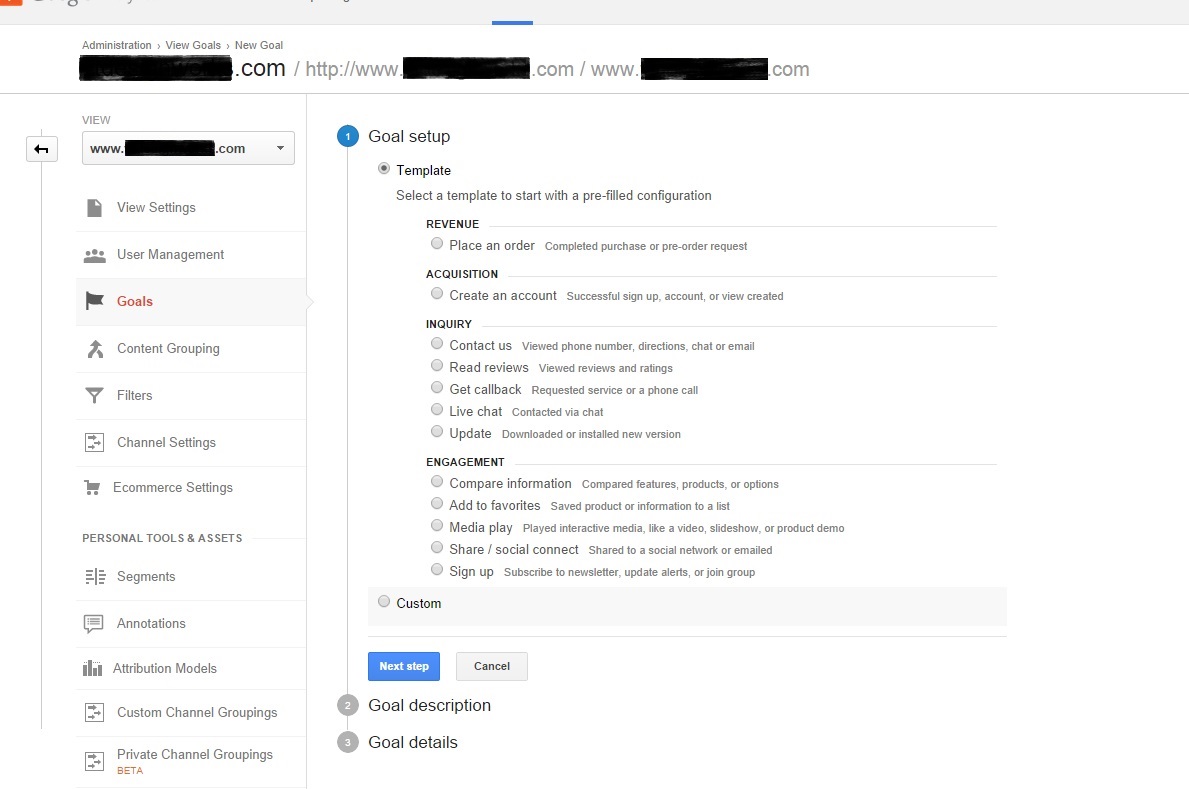Demystifying Google Analytics Limitations: Uncover What Data Goals Can not Track
In the world of electronic analytics, Google Analytics stands as a powerful tool that provides important understandings into site performance and customer behavior. However, amidst its capacities, there exist limitations that typically go undetected. Recognizing what Google Analytics can not track is critical for a detailed grasp of information analysis and decision-making processes. From the details of individual interaction with vibrant material to the intricacies of cross-device individual journeys, these constraints clarified locations that might stay covered from standard analytics perspectives. By unraveling these restrictions, a clearer image emerges, permitting for even more enlightened techniques and refined insights right into individual interaction and conversions.

Individual Communication With Dynamic Web Content
Customer communication with dynamic content plays an essential function in understanding customer actions on internet sites and optimizing the general customer experience. Dynamic content refers to components on a website that can alter without the demand for a full page reload. This includes interactive components such as pop-ups, sliders, kinds, and videos that respond to customer activities in real-time. By tracking user communications with vibrant web content, website owners can get valuable understandings into user interaction, preferences, and actions.
Google Analytics uses different tools to track individual interactions with vibrant content, such as event monitoring and digital pageviews. Occasion tracking allows you to keep track of specific customer activities, like clicking a switch or enjoying a video, offering information on exactly how individuals interact with dynamic aspects. Virtual pageviews can be used to track communications that do not cause a brand-new page load, giving an extensive view of user engagement with vibrant material. By evaluating this information, web site owners can make informed choices to enhance user experience and drive conversions.
Cross-Device Individual Journeys
How can contemporary analytics tools track the complicated courses individuals take across numerous tools in their online journeys? Cross-device user journeys offer a considerable challenge for tracking and analyzing individual behavior precisely. As customers interact with applications or sites making use of various devices such as desktops, smartphones, and tablets, it becomes important to understand how they move between these platforms to maximize user experience efficiently.
Google Analytics deals with restrictions in tracking cross-device user journeys due to privacy issues and technical restrictions - what data is google analytics goals unable to track. While it can give understandings right into specific gadgets' interactions, tracking a seamless individual journey across numerous tools remains a difficulty. This restriction can result in incomplete information and fragmented customer insights, making it difficult for businesses to develop a unified sight of the client journey
To address this concern, companies can utilize sophisticated analytics devices that provide cross-device tracking capabilities, permitting them to get a more holistic understanding of customer habits. By leveraging these tools, companies can connect the gap in tracking cross-device customer journeys and optimize their electronic strategies for a smooth individual experience.
Offline Conversions and Attribution
As organizations browse the challenges of tracking cross-device user trips, another crucial element to consider is the world of offline conversions and attribution in the world of data analytics. While Google Analytics provides beneficial insights right into on the internet user actions, it fails when it involves tracking conversions that happen offline. This restriction postures a considerable challenge for services that have both online and offline sales channels.
Offline conversions, such as acquisitions made in physical shops or through phone call centers, are crucial to recognizing the total consumer journey. Without the capability to connect these offline conversions to certain on the internet communications, companies might battle to accurately gauge the effect of their electronic advertising initiatives.
To address this space, organizations can check out different solutions such as integrating CRM systems with on the internet analytics devices or using one-of-a-kind promo codes that can be traced back to on the internet projects. By connecting the gap between online and offline information, organizations can gain a much more extensive understanding of their clients' behavior and improve their total advertising techniques.
Individual Individual Recognition
In the world of information analytics, the capacity to accurately determine private users throughout different on-line touchpoints is an important obstacle for businesses seeking to personalize and optimize their advertising methods. While Google Analytics supplies useful understandings right into individual actions and communications, it drops brief in allowing the identification of certain individuals due to privacy issues and technological restrictions. Google Analytics uses unique identifiers such as cookies to track user sessions and actions, but these do not equate to identifying individual customers in a personal sense.

Data From Secure Pages
Regardless of the increasing frequency of safe pages on internet sites, acquiring information from these encrypted sources offers a distinct obstacle for digital go to this site analytics systems like Google Analytics. Secure pages, indicated by HTTPS in the link, secure data traded in between the user's internet browser and the site's web server to guarantee personal privacy and safety and security. While this file encryption is important for protecting sensitive details, it also presents constraints for tracking individual actions and gathering analytics information.
Google Analytics encounters obstacles in gathering thorough information from safe web pages due to the file encryption methods in place. Consequently, specific data factors such as reference resources, keyword searches, and even some customer communications might not be fully captured when individuals access a web site via a protected connection. This restriction can affect the precision and efficiency of the information evaluation, causing voids in understanding individual habits and choices on secure pages.
To navigate this challenge, electronic experts might need to check out alternate tracking methods or leverage other tools specifically designed to collect understandings from safe web pages. By adjusting methods to fit these restrictions, organizations can still acquire useful analytics in spite of the restrictions provided by encrypted connections.
Conclusion
To conclude, Google Analytics has limitations in tracking user communication with vibrant material, cross-device individual journeys, offline conversions, individual customer recognition, and data from protected pages. These restrictions prevent a comprehensive understanding of customer actions and may lead to gaps in data analysis. In spite of its valuable understandings, Google Analytics might not give a total photo of user involvement throughout numerous touchpoints. It is crucial for organizations to be familiar with these limitations and take into consideration auxiliary tools for an extra alternative view of their information.
User interaction with vibrant content plays an essential duty in understanding customer behavior on sites and maximizing the overall individual experience. By tracking user communications with vibrant content, web site proprietors can acquire valuable understandings right into click this site user interaction, choices, and behaviors.
Google Analytics utilizes special identifiers such as cookies to track individual sessions and click here for more info actions, yet these do not correspond to determining individual customers in a personal sense.
As an outcome, certain data points such as reference sources, keyword searches, and even some individual communications may not be completely caught when customers access a website through a safe link.In conclusion, Google Analytics has limitations in tracking user interaction with dynamic content, cross-device individual trips, offline conversions, specific customer recognition, and information from safe and secure web pages.
Comments on “What Data Is Google Analytics Goals Unable to Track: Critical Info”